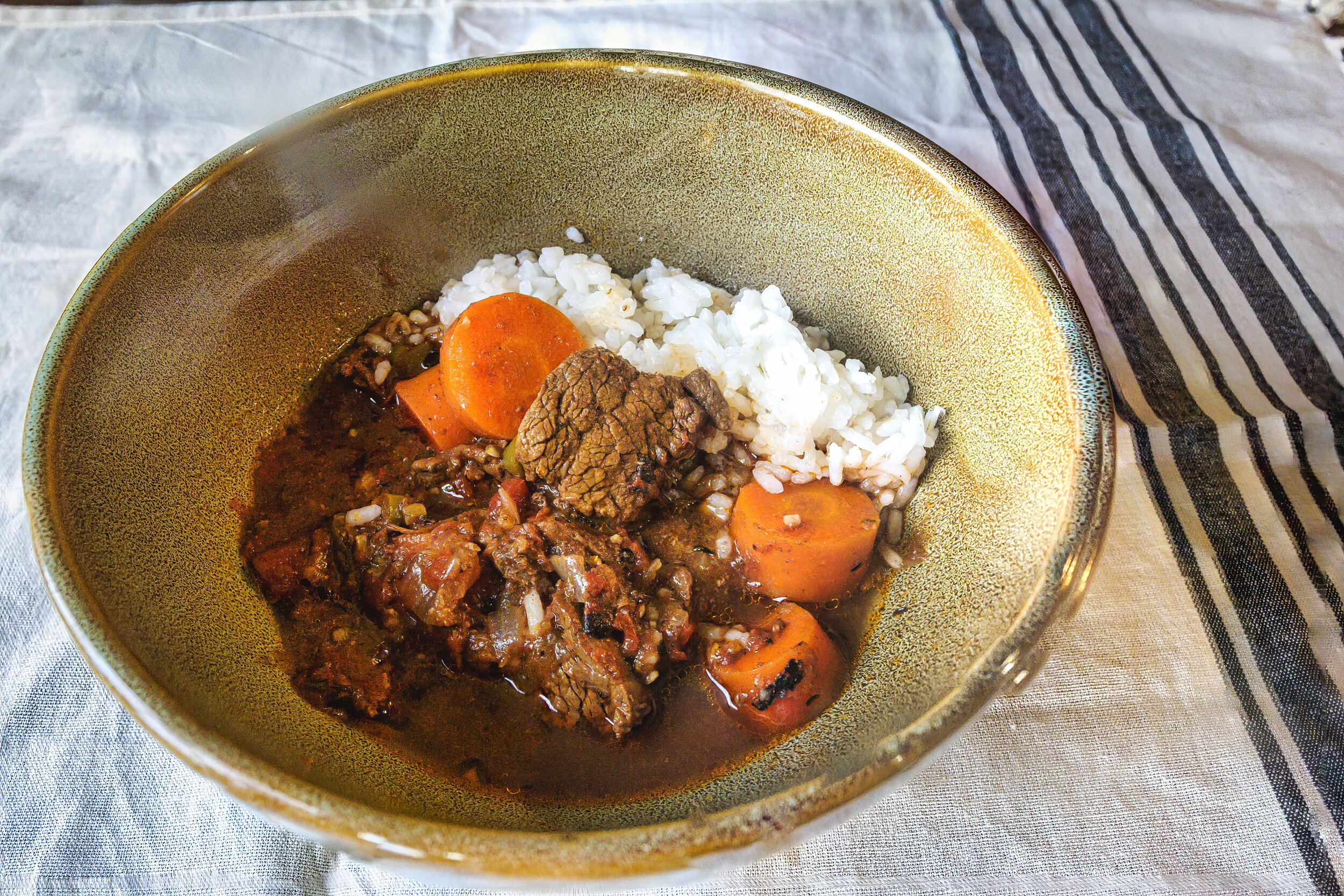“A soup like this is not the work of one man. It is the result of a constantly refined tradition. There are nearly a thousand years of history in this soup.”
— Willa Cather
“The Father of History ”, Herodotus, whose account of Greco-Persian wars may have been tarnished by contemporary critics, but his cultural and ethnographical reports remain undisputed as a wealth of information. Therefore, even though the world’s oldest known evidence of stew was found in Japan, Herodotus credits the first stew in history to Scythians (8th to 4th centuries BC), early Eurasian nomads of Iranian origin as he writes;
“Put the flesh into an animal’s paunch, mix water with it, and boil it like that over the bone fire. The bones burn very well, and the paunch easily contains all the meat once it has been stripped off. In this way, an ox, or any other sacrificial beast, is ingeniously made to boil itself.”
Obviously, stews have been around for quite some time, and even on this side of the pond, the ancient Amazonian tribes used turtle shells as pots to simmer their own. So, it goes without saying that after the development of pottery 10,000 years ago cooking became much easier and more amenable.
Though considered a comfort food nowadays, stews were once a meal of necessity, and their popularity originated in conditions that were anything but comfortable. Slow cooking tenderized tougher vegetables and less desirable low-cost cuts of meat with lots of chewy gelatinous connective tissue.
Since historic times, every culture took a gander at stews and let their history and available local ingredients write the recipe. Much like Peruvian cuisine, with its unique combination of ingredients that reflect the integration of waves of migrant groups, Jamaican cuisine is an unlikely and delicious combination of ingredients. This country’s food reflects the fusion of Amerindian (indigenous Americas) with the Africans (slaves), Irish, English, French, Portugues, Chinese (indentured laborers), as well as Middle Easterners who inhabited the Island at some point or another to create the strange and intriguing mix of ingredients exemplified in this stew: steak, wine, cinnamon,all-spice, thyme, soy sauce cook in one pot and served over rice middle eastern style.
We hope you enjoy history as much as you will be enjoying this Jamaican dish made with Montana ingredients and enjoyed by a PP, Persian Princess (sarcasm intended) who indulged in a bit of PP (Persian Pride) but managed to make a smooth transition back to food.
Whet your appetite, feast your tastebuds, and bring the exotic to your kitchen.
